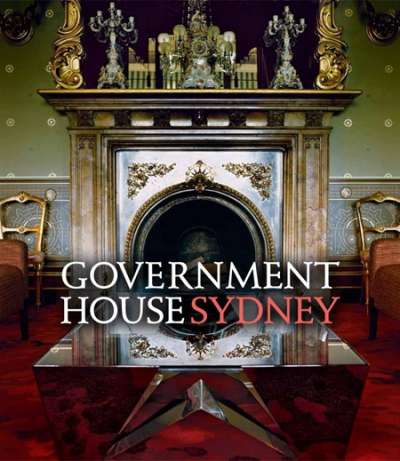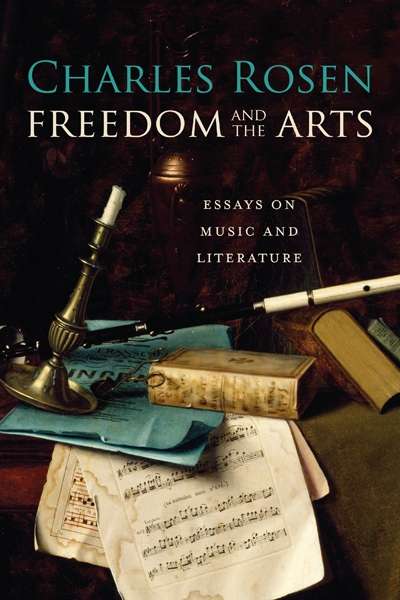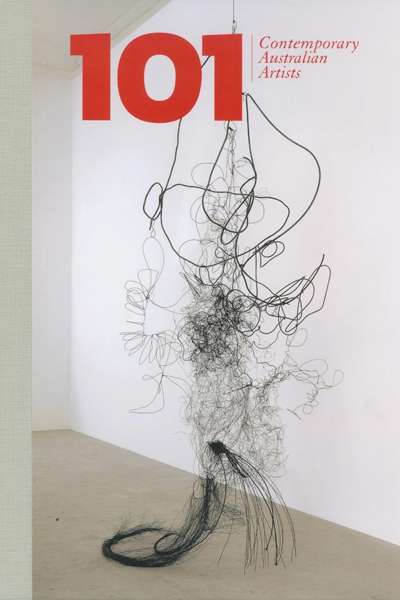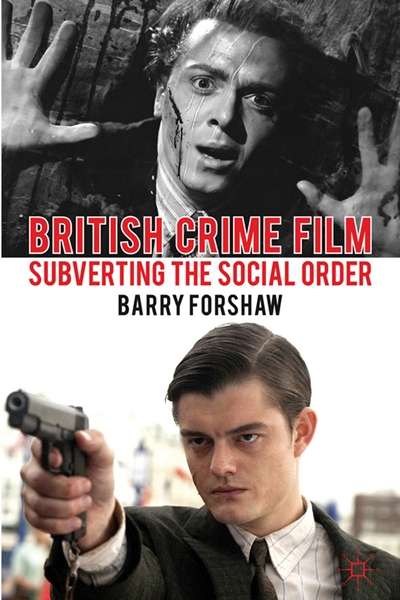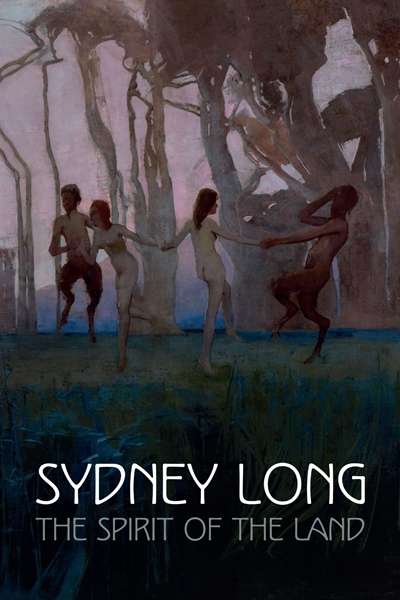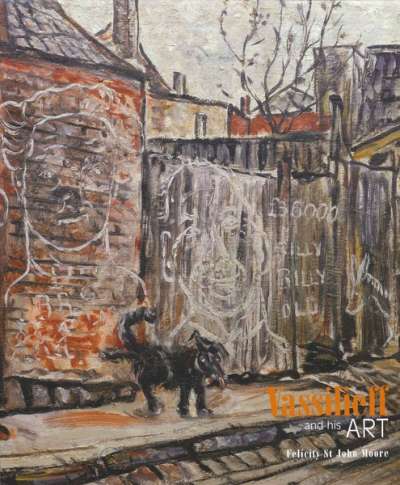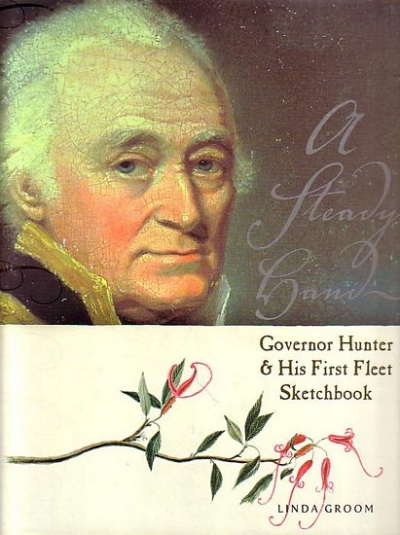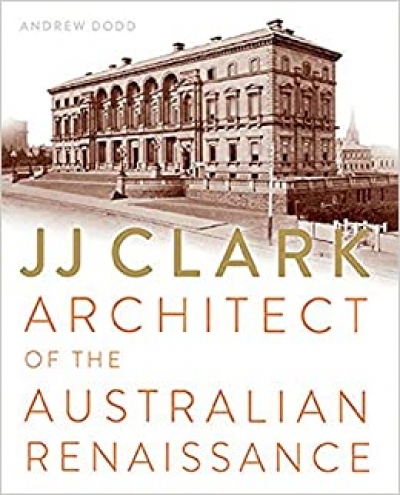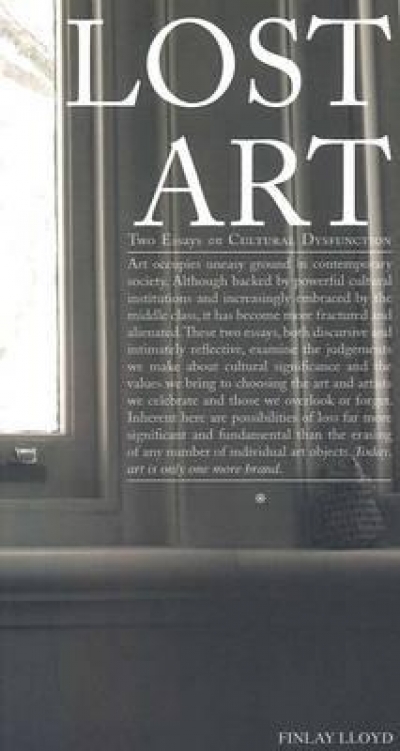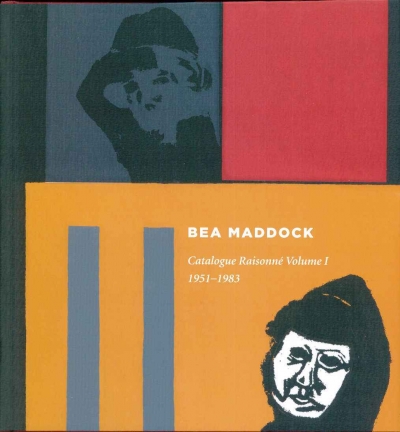Arts
Freedom and the Arts: Essays on Music and Literature by Charles Rosen
by Michael Morley •
British Crime Film: Subverting the Social Order by Barry Forshaw
by Michael Fleming •
Sydney Long: The Spirit of the Land by Anne Gray
by Steven Miller •
Vassilieff and His Art by Felicity St John Moore
by Robin Wallace-Crabbe •
A Steady Hand: Governor Hunter & His First Fleet Sketchbook by Linda Groom
by Alisa Bunbury •
JJ Clark: Architect of the Australian Renaissance by Andrew Dodd
by Philip Goad •
Lost Art: Two Essays on Cultural Dysfunction by Julian Davies and Phil Day
by Scott McCulloch •
Bea Maddock: Catalogue Raisonné Volume I 1951–1983 edited by Daniel Thomas
by Ann Stephen •

